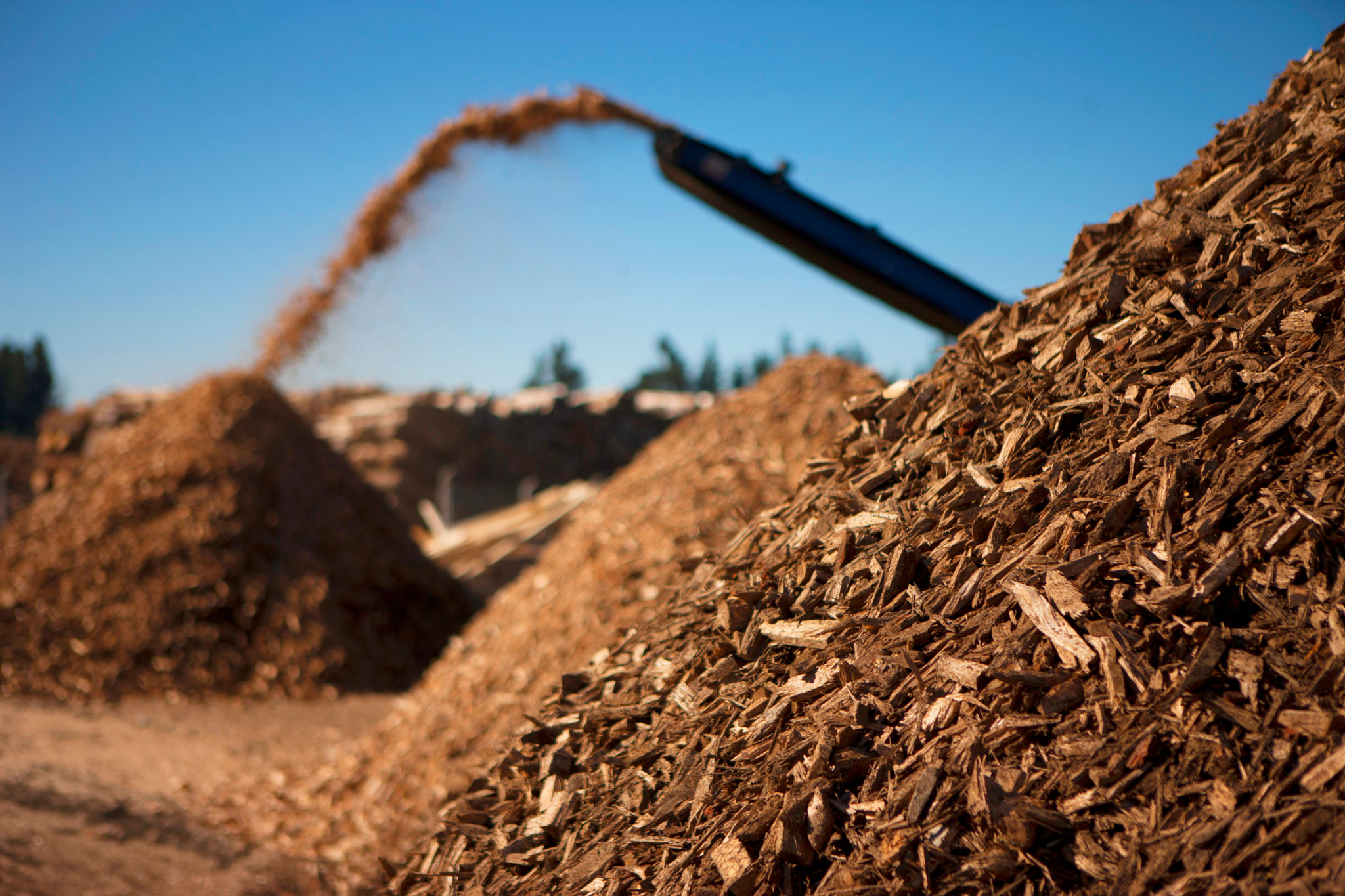Expert Advice: The Future of Renewable Energy Solutions in Norway and the Role of Biomass
Introduction to Renewable Energy in Norway
Norway stands at the forefront of renewable energy innovation, leveraging its abundant natural resources to power the nation sustainably. The country's unique geography, with vast water resources, has traditionally supported hydroelectricity as the primary source of clean energy. However, as global demands for sustainable solutions grow, Norway is expanding its focus to include other renewable sources such as wind, solar, and particularly biomass.

The Emerging Role of Biomass
Biomass energy, derived from organic materials such as wood, agricultural crops, and waste, is gaining traction in Norway. This renewable energy source offers a promising supplement to hydropower and wind energy, addressing the challenges of energy storage and reliability. The advantage of biomass lies in its ability to provide a stable and consistent energy supply, regardless of weather conditions.
Norway's extensive forest resources make it an ideal candidate for utilizing biomass. The responsible management of these forests not only ensures a sustainable fuel source but also contributes to carbon sequestration, enhancing environmental benefits. In this way, biomass becomes a crucial component of Norway's diversified energy portfolio.
Technological Advancements in Biomass Utilization
Recent technological advancements have significantly improved the efficiency and environmental impact of biomass energy production. Innovations in combustion technology and biomass processing have minimized emissions and increased energy output. Moreover, the integration of digital solutions for monitoring and optimizing biomass facilities ensures maximum performance and sustainability.

Norwegian companies are at the cutting edge of these developments, investing in research and development to enhance biomass conversion technologies. These efforts are positioning Norway as a leader in not only utilizing but also exporting biomass technology and expertise globally.
Challenges and Opportunities
Despite its potential, biomass energy faces several challenges in Norway. The competition for land use between biomass production and other agricultural or conservation needs is a significant concern. Additionally, the logistics of transporting biomass materials can be complex and costly, particularly in remote areas.
However, these challenges also present opportunities for innovation. By developing more efficient supply chains and transportation methods, Norway can further optimize biomass utilization. Moreover, the synergy between government policy, industry investment, and academic research is crucial in overcoming these hurdles.

The Future of Renewable Energy Solutions
Looking ahead, the future of renewable energy in Norway appears bright. The country's commitment to reducing carbon emissions and achieving energy independence drives continuous innovation and investment in renewable technologies. Biomass will likely play an increasingly significant role alongside wind and solar power in this evolving landscape.
The collaboration between public and private sectors will be key to scaling these solutions. By fostering partnerships that leverage Norway’s technological prowess and natural resources, the nation can set a benchmark for renewable energy solutions worldwide.
Conclusion
Norway's journey towards a sustainable energy future is an inspiring model for other countries. As biomass becomes an integral part of this journey, its role in ensuring energy security and environmental sustainability cannot be overstated. With ongoing innovation and strategic collaboration, Norway is poised to lead the way in renewable energy solutions for years to come.